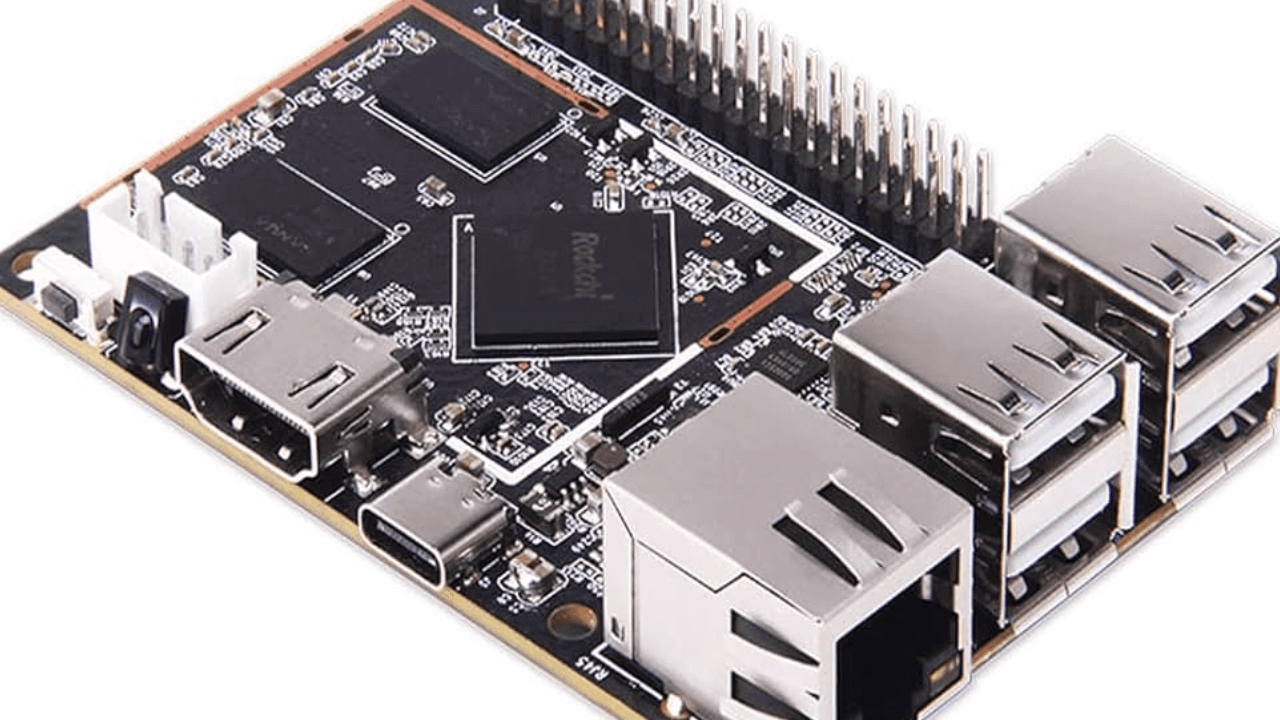A single-board computer (SBC) is an entire computer that has all of the components—a microprocessor, memory, input/output (I/O), and other elements—that are required for a working computer to operate. Common uses for single-board computers include instructional systems, embedded computer controllers, and demonstration or development systems.
Numerous home and mobile computer models combine all of their features onto a single printed circuit board. Contrary to desktop personal computers, single-board computers frequently do not depend on expansion slots for peripherals and expansion. Microprocessors of many types are used to construct single-board computers.
Static RAM and inexpensive 32- or 64-bit CPUs like ARM are frequently used in straightforward systems, including those created by computer hobbyists. Other varieties, including blade servers, perform operations comparable to those of server computers but in a more compact design. An expansion of a single board computer linux can be accomplished by connecting a computer-on-module to a carrier board, baseboard, or backplane.
What Sort Of Performance Are You Expecting From An Embedded Computer?
Were previously only possible with pen and paper. The first step in developing an embedded system is to determine the computing power required, whether it comes from a CPU, GPU, or both, as this often influences several other variables like thermal design, mechanical footprint, and data processing.
There are a variety of processing possibilities for embedded single-board computers, ranging from the most basic microprocessor to multicore, multithreaded, and GPU-powered beasts capable of near real-time HD image analysis and quick processing of high bandwidth sensor data. The right platform should be chosen after you have a firm grasp of the volume and type of data processing that your application requires.
How Are Single Board Computers For Embedded Systems Made?
The creation of single-board computers usually involves the use of electronic components mounted on a single printed circuit board (PCB). There are several parts to the process, including designing the PCB layout and selecting and soldering electronic components. Such as microprocessors, memory, storage, and I/O interfaces onto the PCB, testing the finished product, and assembling everything.
Selection of Best Single Board Computer
Choosing a single-board computer could be difficult given the wide range of options. You can take the following steps to make an informed decision:
Make Your Demands Clear
Keep in mind the objectives you have for the single-board computer. Do you want a basic board for simple do-it-yourself projects or a more powerful SBC for challenging tasks like robotics or multimedia? Processor speed, memory, connectivity choices, form factor, and operating system compatibility should all be taken into account based on your needs.
Potential Scalability
Consider how the single-board computer might be upgraded and scaled, especially if you plan to expand or update your project in the future.
Examine Your Options
The Raspberry Pi, Arduino, Beagle Bone, and Intel NUC are just a few examples of the numerous single-board computers available. Investigate and compare the features, pricing, and specifications of various single-board computers to choose the SBC that best meets your needs.
Performance
Choose your SBC objectives, then carry them out. Different SBCs can be used for a variety of purposes, including building a media center, automating the home, or deploying them in industrial settings. Consider the RAM capacity and CPU speed. For the smooth performance of more complex tasks, faster processors and gobs of RAM are required. If you require graphic performance, search for SBCs that have powerful integrated graphics or dedicated GPUs.
Conclusion
SBCs also referred to as single-board computers, offer adaptable computing solutions that are both compact and economical. Specifications, user demands, and community support should all be considered when deciding which SBC is the best. SBCs are still employed in numerous sectors, including the do-it-yourself (DIY) community, thanks to their adaptability and flexibility.
